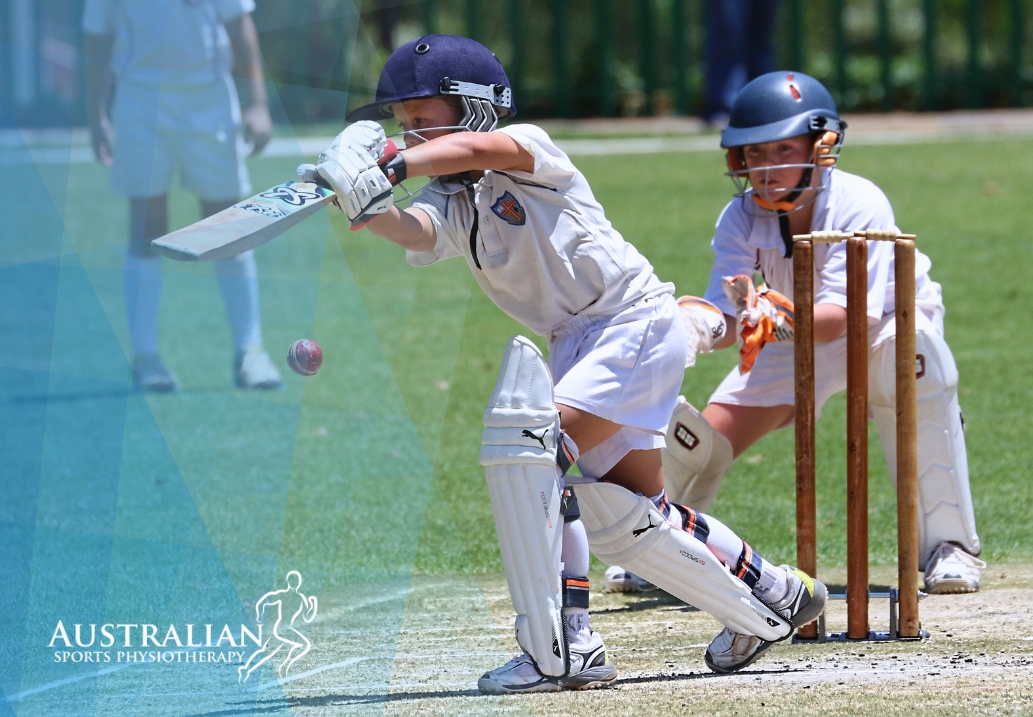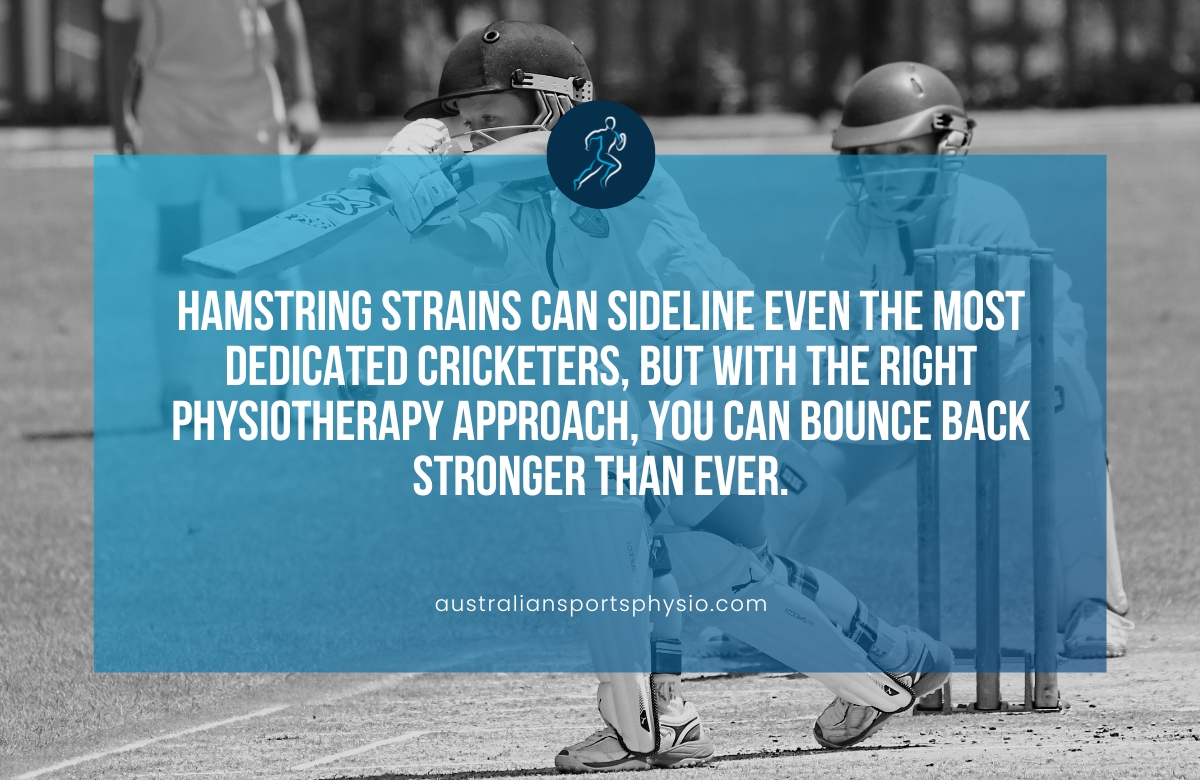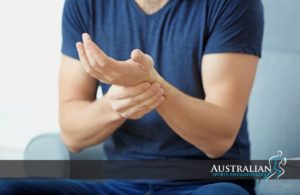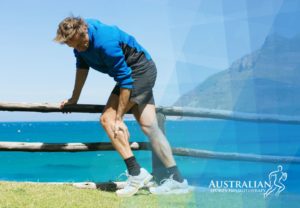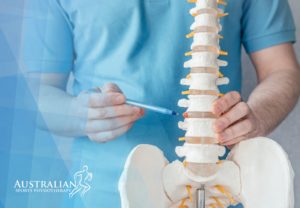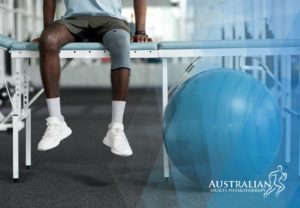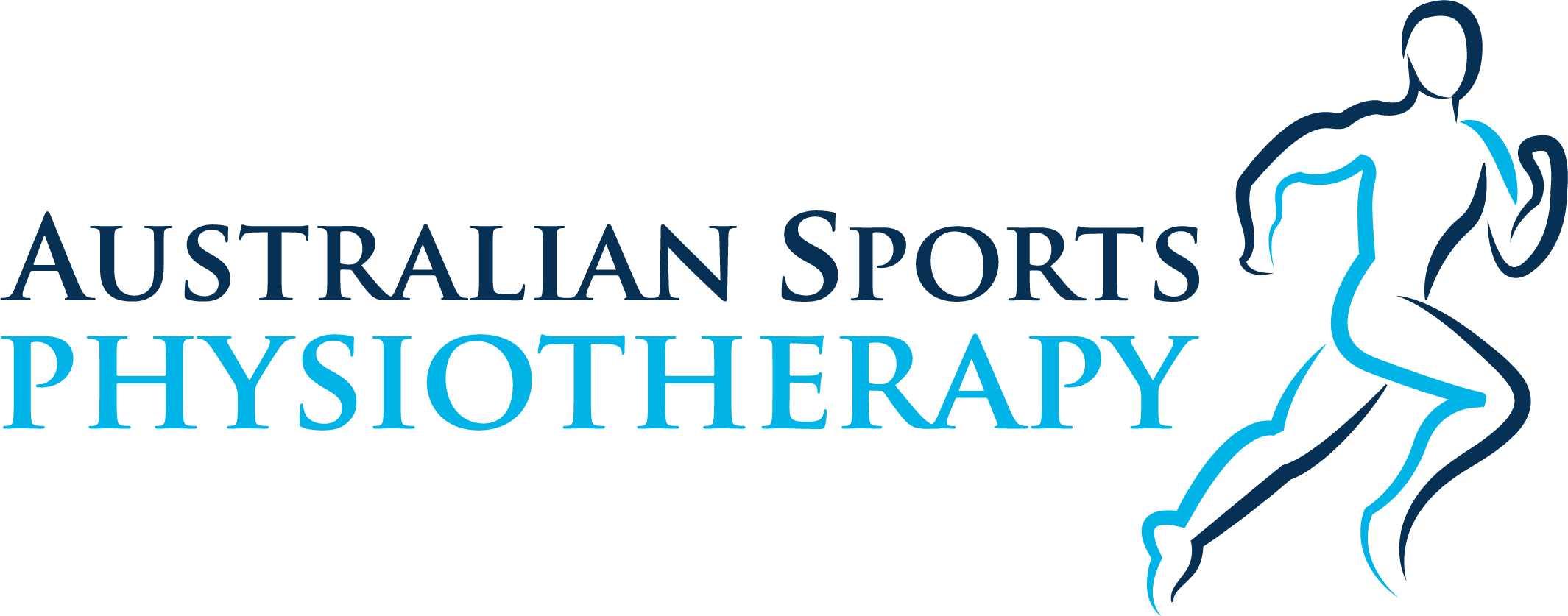Have you ever felt that sharp twinge in your leg while sprinting for a catch or lunging for a ball on the pitch? If you’re a cricketer, you know that hamstring strains can bring your game to a sudden halt. But what if there was a way to recover effectively and return stronger than before?
In the fast-paced world of cricket, injuries can be as common as a fly ball. Among these, hamstring strains are notorious for sidelining players at all levels, from local clubs to international teams. The pain and frustration that follow can be overwhelming, but the pathway to recovery doesn’t need to be a journey through the wilderness.
Physiotherapy plays a crucial role in rehabilitating hamstring strains, helping players regain strength, flexibility, and confidence on the field. With a focus on tailored rehabilitation programs and advanced techniques, physiotherapists can guide players through a systematic recovery process.
Common causes of hamstring strain
Hamstring strains are one of the most common injuries in competitive sports. The primary cause of hamstring injuries is an imbalance between the quadriceps and hamstring muscles. The quadriceps are a large, powerful set of muscles that extend (straighten) the leg. These muscles may forcefully overstretch the hamstring, causing undue tension in the hamstring muscles.
Acute hamstring strains result from a rapid movement or force given to the hamstring muscles. The player is instantly aware of the condition. Sometimes players hear an audible pop.
Common risk factors for hamstring strain
Proven risk factors
- An older player.
- Previous hamstring injury
- A sudden change in direction (acceleration or stopping).
Suspected risk of injury
- Poor flexibility.
- Poor strength.
- Inappropriate, insufficient, or no warm-up.
- Muscle strength disparity between the quadriceps and hamstrings.
- Hamstring muscles become fatigued.
Common symptoms of hamstring strain
Hamstring strains are classified as Grade 1-3 strains based on severity. A hamstring strain can affect one or more of the three muscles in the group.
-
Grade 1 (Mild)
- Overstretching without tearing any muscle or tendon fibres.
- Symptoms may not appear until the activity is over.
- There is usually no loss of physical strength or flexibility.
- Muscle tightness increases while stretching or full range of motion.
- A sensation of pain may be felt while sitting, walking uphill, or ascending stairs.
- Depending on the degree, weight-bearing activities may or may not be possible; however, walking normally may be doable with minimal swelling.
-
Grade: 2 (Moderate)
- A partial tear in the muscle.
- Muscle strength and flexibility are diminished.
- The discomfort is more acute and severe than that of a Grade 1 strain.
- Pain when stretching or contracting the muscle, and usually painful to the touch.
- Limping is likely while walking, and brief twinges of pain while moving is possible.
- Bending the knee against resistance will produce pain, and it may be difficult to fully straighten it.
-
Grade 3 (Severe)
- The muscle ruptures severely or completely. There may be a huge lump (of muscle tissue) above the depression where the tear is.
- A sudden sharp pain at the back of the thigh.
- Walking is impossible without pain.
- After a few days, a huge bruise may emerge below the injury site as a result of tissue haemorrhage.
- Surgery may be required for the repair.
Key principles of hamstring strain rehabilitation
- Pain management
RICE protocol: Rest, Ice, Compression, Elevation.
Manual therapy: Massage, soft tissue mobilisation.
- Range of motion (ROM) restoration
Gentle stretching exercises.
- Strength training
Progressive strengthening exercises focusing on hamstrings, glutes, and core.
- Functional training
Cricket-specific drills and activities.
Physiotherapy interventions for hamstring strain rehabilitation
- Early phase (Days 1-7)
- Pain management.
- Gentle ROM exercises.
- Controlled mobility exercises.
- Intermediate phase (Weeks 2-4)
- Increased ROM and strength training.
- Introduction of light jogging and dynamic stretching.
- Core strengthening.
- Late phase (Weeks 5+)
- Advanced strength and power training.
- Plyometrics (if appropriate).
- Return-to-play protocols.
Common physiotherapy techniques for hamstring strain rehabilitation
- Manual therapy: Massage, mobilisation, and manipulation to improve tissue mobility and reduce pain.
- Dry needling: To release muscle tension and improve blood flow.
- Taping and bracing: To support the injured area and reduce stress on the hamstring.

Final thoughts
Hamstring strains can sideline even the most dedicated cricketers, but with the right physiotherapy approach, you can bounce back stronger than ever.
By prioritising rehabilitation and implementing targeted exercises, you’ll not only heal but also improve your overall performance on the field.
Remember, the road to recovery is a journey, not a sprint—embrace it, stay committed, and soon enough, you’ll be striding confidently towards your next six!
Keep bowling through those challenges, and may your return to the pitch be just as thrilling as your last match!
Book an appointment with one of our experienced physiotherapists today for a comprehensive assessment and customised treatment

